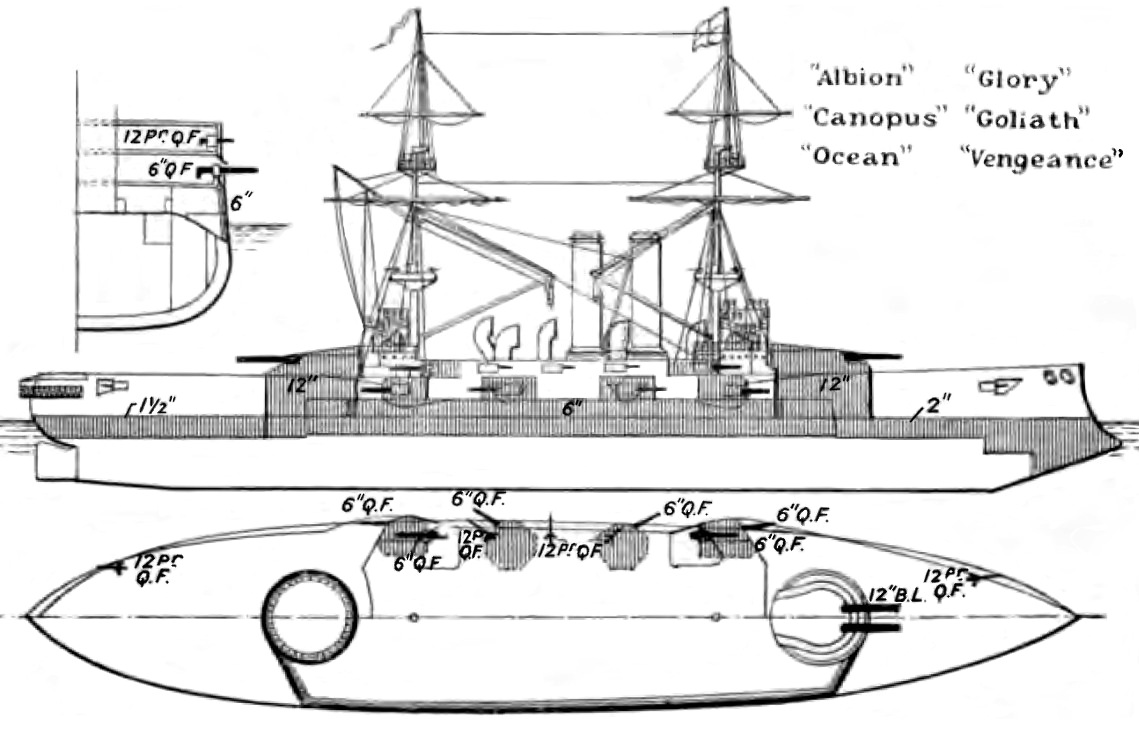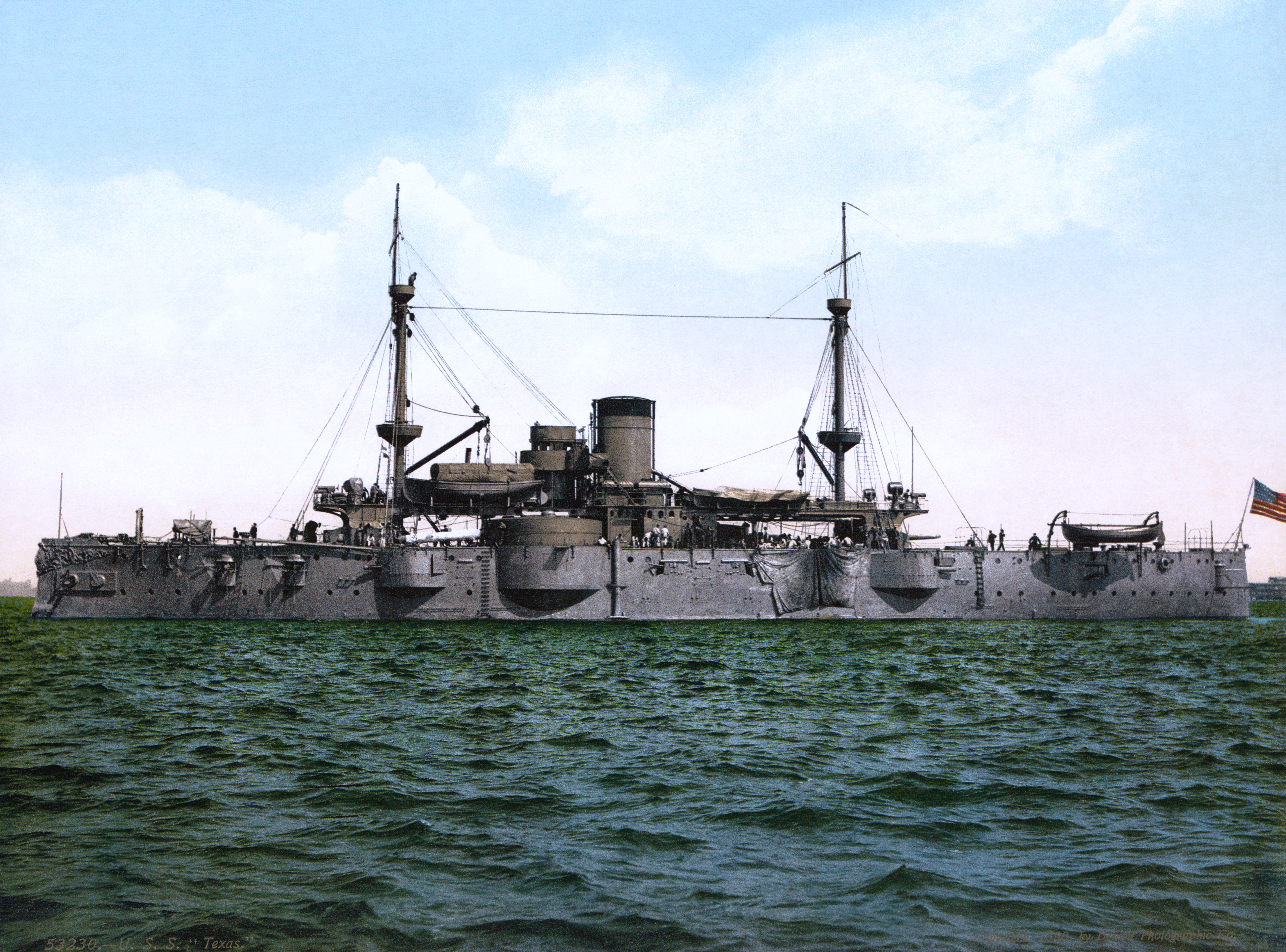|
Archibald Cochrane (rear Admiral)
Rear-Admiral Archibald Cochrane, (20 June 1874 – 15 July 1952) was a British Royal Navy officer. Biography Cochrane was born on 20 June 1874 and was the eldest son of Vice Admiral Basil E. Cochrane. His family had a tradition of naval service and among them was the similarly named Archibald Cochrane (1783–1829). Educated at Woodcote House in Windlesham, Surrey and then at Eastman's Royal Naval Academy, Stubbington House School and HMS ''Britannia'', Cochrane joined the Royal Navy in 1888 and went to sea in 1890. He was promoted to Sub-Lieutenant in 1894 and to Lieutenant in 1896. While holding that rank and stationed on HMS ''Anson'' in 1897, he was given charge of an operation involving a landing on Crete. In February 1900, he was posted to the pre-dreadnought battleship HMS ''Ocean'', which was stationed at the Mediterranean Fleet for its first commission. Cochrane then became Flag Lieutenant to Vice-Admiral Sir H. Grenfell in the Mediterranean Squadron and in 1 ... [...More Info...] [...Related Items...] OR: [Wikipedia] [Google] [Baidu] |
Eastman's Royal Naval Academy
Eastman's Royal Naval Academy, originally in Southsea and later at Winchester, both in England, was a preparatory school. Between 1855 and 1923 it was known primarily as a school that prepared boys for entry to the Royal Navy. Thereafter, it was renamed Eastman's Preparatory School and continued until the 1940s. According to Jonathan Betts, it was "considered one of the top schools for boys intended for the Navy". History The introduction in 1838 of an entrance examination for the Royal Navy, although initially an undemanding test for most, encouraged the development of specialised educational establishments, of which Eastman's Royal Naval Academy was one. Despite its name, the Academy had no formal association with the Navy. It was founded by Thomas Eastman, a retired naval instructor, in 1851, and in 1854 had moved into a purpose-built building on South Parade, Southsea, England. There it catered primarily for boarders but did take some day-boys. When Eastman died in 1860 he ... [...More Info...] [...Related Items...] OR: [Wikipedia] [Google] [Baidu] |
Commander (Royal Navy)
Commander (Cdr) is a senior officer rank of the Royal Navy of the United Kingdom. It is immediately junior to captain and immediately senior to the rank of lieutenant commander. Officers holding the junior rank of lieutenant commander are not considered to be commanders. History The title (originally 'master and commander') originated in around 1670 to describe Royal Navy officers who commanded ships of war too large to be commanded by a lieutenant, but too small to warrant the assignment of a post-captain, or (before about 1770) a sailing-master who was in charge of a ship's navigation. These ships were usually unrated sloops-of-war of no more than 20 guns, fireships, hospital ships and store ships. The commanding officer of this type of ship was responsible for both sailing and fighting the ship and was thus its 'master and commander'. Before 1750, the rank was broadly considered as the limit of advancement for those without patronage, especially those who had been promot ... [...More Info...] [...Related Items...] OR: [Wikipedia] [Google] [Baidu] |
Home Fleet
The Home Fleet was a fleet of the Royal Navy that operated from the United Kingdom's territorial waters from 1902 with intervals until 1967. In 1967, it was merged with the Mediterranean Fleet creating the new Western Fleet. Before the First World War, it consisted of the four Port Guard ships. In 1905 it was disestablished, and from 1905 to 1907 remaining ships at a lesser state of readiness were split into the reserve divisions (Devonport Division, Nore Division, and Portsmouth Division). During the First World War, it comprised some of the older ships of the Royal Navy. During the Second World War, it was the Royal Navy's main battle force in European waters. Pre-First World War In the first years of the 20th century, the Royal Navy had four 'Port Guard' ships, stationed in the major naval bases, partially to act as flagships for the admirals commanding at those ports. These vessels appear to have been stationed at the Nore, Portsmouth, and Plymouth, as well as one other ... [...More Info...] [...Related Items...] OR: [Wikipedia] [Google] [Baidu] |
Mediterranean Squadron (United Kingdom) a former United States Navy squadron
{{disambig ...
Mediterranean Squadron may refer to: * Mediterranean Squadron (France) a former French Navy squadron * Mediterranean Squadron (United Kingdom) a former Royal Navy squadron *Mediterranean Squadron (United States) The Mediterranean Squadron, also known as the Mediterranean Station, was part of the United States Navy in the 19th century that operated in the Mediterranean Sea. It was formed in response to the First and Second Barbary Wars. Between 1801 and 18 ... [...More Info...] [...Related Items...] OR: [Wikipedia] [Google] [Baidu] |
Mediterranean Fleet
The British Mediterranean Fleet, also known as the Mediterranean Station, was a formation of the Royal Navy. The Fleet was one of the most prestigious commands in the navy for the majority of its history, defending the vital sea link between the United Kingdom and the majority of the British Empire in the Eastern Hemisphere. The first Commander-in-Chief for the Mediterranean Fleet was the appointment of General at Sea Robert Blake in September 1654 (styled as Commander of the Mediterranean Fleet). The Fleet was in existence until 1967. Pre-Second World War The Royal Navy gained a foothold in the Mediterranean Sea when Gibraltar was captured by the British in 1704 during the War of Spanish Succession, and formally allocated to Britain in the 1713 Treaty of Utrecht. Though the British had maintained a naval presence in the Mediterranean before, the capture of Gibraltar allowed the British to establish their first naval base there. The British also used Port Mahon, on the isla ... [...More Info...] [...Related Items...] OR: [Wikipedia] [Google] [Baidu] |
HMS Ocean (1898)
The fourth HMS ''Ocean'' was a pre-dreadnought battleship of the British Royal Navy and a member of the . Intended for service in Asia, ''Ocean'' and her sister ships were smaller and faster than the preceding s, but retained the same battery of four guns. She also carried thinner armour, but incorporated new Krupp steel, which was more effective than the Harvey armour used in the ''Majestic''s. ''Ocean'' was laid down in December 1897, launched in July 1898, and commissioned into the fleet in February 1900. She entered service with the Mediterranean Fleet until January 1901, when she was transferred to the China Station. ''Ocean'' was recalled from China in 1905 for service with the Channel Fleet after a period spent in reserve. From 1908 to early 1910, she was again assigned to the Mediterranean Fleet. She was assigned to the Home Fleet in 1910 and saw little activity until the outbreak of the First World War in August 1914. At the start of the conflict, she was as ... [...More Info...] [...Related Items...] OR: [Wikipedia] [Google] [Baidu] |
Pre-dreadnought Battleship
Pre-dreadnought battleships were sea-going battleships built between the mid- to late- 1880s and 1905, before the launch of in 1906. The pre-dreadnought ships replaced the ironclad battleships of the 1870s and 1880s. Built from steel, protected by case-hardened steel armour, and powered by coal-fired triple-expansion steam engines, pre-dreadnought battleships carried a main battery of very heavy guns in fully enclosed rotating turrets supported by one or more secondary batteries of lighter weapons. In contrast to the multifarious development of ironclad warships in preceding decades, the 1890s saw navies worldwide start to build battleships to a common design as dozens of ships essentially followed the design of the Royal Navy's . The similarity in appearance of battleships in the 1890s was underlined by the increasing number of ships being built. New naval powers such as Germany, Japan, the United States, and to a lesser extent Italy and Austria-Hungary, began to establish ... [...More Info...] [...Related Items...] OR: [Wikipedia] [Google] [Baidu] |
Crete
Crete ( el, Κρήτη, translit=, Modern: , Ancient: ) is the largest and most populous of the Greek islands, the 88th largest island in the world and the fifth largest island in the Mediterranean Sea, after Sicily, Sardinia, Cyprus, and Corsica. Crete rests about south of the Greek mainland, and about southwest of Anatolia. Crete has an area of and a coastline of 1,046 km (650 mi). It bounds the southern border of the Aegean Sea, with the Sea of Crete (or North Cretan Sea) to the north and the Libyan Sea (or South Cretan Sea) to the south. Crete and a number of islands and islets that surround it constitute the Region of Crete ( el, Περιφέρεια Κρήτης, links=no), which is the southernmost of the 13 top-level administrative units of Greece, and the fifth most populous of Greece's regions. Its capital and largest city is Heraklion, on the north shore of the island. , the region had a population of 636,504. The Dodecanese are located to the no ... [...More Info...] [...Related Items...] OR: [Wikipedia] [Google] [Baidu] |
HMS Anson (1886)
HMS ''Anson'' was the last of six ironclad battleships built for the Royal Navy during the 1880s. The ship was completed, except for her armament, in 1887, but had to wait two years for her guns to be installed. She was assigned to the Channel Fleet in mid-1889 as a flagship for the fleet's second-in-command. Two years later, the passenger ship sank with the loss of 562 lives after colliding with ''Anson'' in the Bay of Gibraltar. In mid-1893, ''Anson'' was transferred to the Mediterranean Fleet, subsequently returning home in 1900 when she was assigned to the Reserve Fleet. She recommissioned for the Home Fleet in early 1901. ''Anson'' was paid off three years later and then sold for scrap in 1909. Design and description The Admiral class was built in response to French ironclad battleships of the and es. ''Anson'' and her sister ship, , were enlarged and improved versions of the previous pair of Admirals, and . The sisters had a length between perpendiculars of , a beam ... [...More Info...] [...Related Items...] OR: [Wikipedia] [Google] [Baidu] |
Lieutenant (Royal Navy)
LieutenantThe pronunciation of ''lieutenant'' is generally split between , , generally in the United Kingdom, Ireland, and Commonwealth countries, and , , generally associated with the United States. See lieutenant. (abbreviated Lt, LT (U.S.), LT(USN), Lieut and LEUT, depending on nation) is a commissioned officer rank in many English-speaking nations' navies and coast guards. It is typically the most senior of junior officer ranks. In most navies, the rank's insignia may consist of two medium gold braid stripes, the uppermost stripe featuring an executive curl in many Commonwealth of Nations; or three stripes of equal or unequal width. The now immediately senior rank of lieutenant commander was formerly a senior naval lieutenant rank. Many navies also use a subordinate rank of sub-lieutenant. The appointment of "first lieutenant" in many navies is held by a senior lieutenant. This naval lieutenant ranks higher than an army lieutenants; within NATO countries the naval rank ... [...More Info...] [...Related Items...] OR: [Wikipedia] [Google] [Baidu] |




